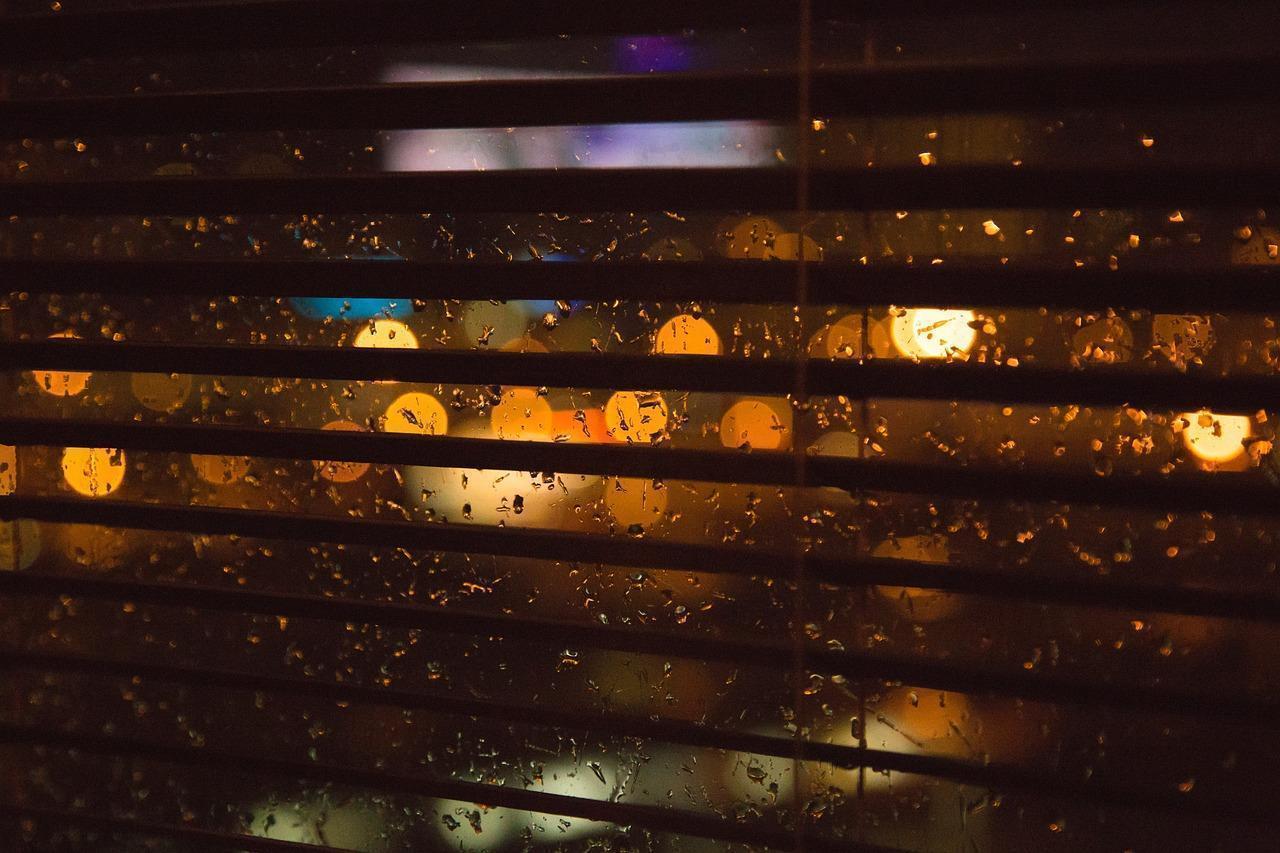Window coverings enhance your décor while allowing you to regulate light, privacy, and indoor temperature. While many options are available, the most popular ones are curtains or drapes composed of fabric panels and blinds with adjustable slats. Even now, Skylight blinds are taking over the market, and many homeowners are beginning to adopt them and incorporate them into their building plans. Nevertheless, each type of blind and curtain has specific advantages and disadvantages.
Generally, it is safe to say that blinds are better than curtains because of the following reasons:
Blinds provide more options for light management
There are two techniques to limit the amount of light coming through blinds with slats positioned either vertically or horizontally (Venetian blinds).
You can move vertical blinds from one side to the other, and Venetian blinds are raised and lowered by pulling the lift cord that hangs from the top. The tilt wand, a long, stick-like device, can also be turned to rotate the slats and alter the angle at which light enters.
Blinds provide extra options for light management, and light can still penetrate even when they are completely closed. But when curtains are drawn, practically all light is blocked.
The price of blinds is typically lower
Blinds are easier to make and install and use less time and resources. For a total price of between $43 and $94 per window, a professional can mount the blind, place the brackets in the window frame, and attach the mechanics that move the slats in 10 to 20 minutes.
However, because they require more resources and time to create and install, curtains are typically more expensive—ranging from $50 to $250 per window.
Blinds have a longer lifespan
Well-cared-for blinds frequently retain their aesthetic appeal for 15 years or longer. Plastic, vinyl, metal, or wood with a polymer coating are synthetic materials resistant to fading and stains.
They are also less prone to normal wear and tear because they are more rigid and tough than curtains. Curtains made of fabric, such as cotton, linen, velvet, or silk, are more likely to rip, stain, and mildew; thus, they frequently need to be replaced within a decade.
Blinds are simpler to clean and maintain
Because of their smooth, slick surface, blinds are simple to dust with a microfiber cloth. Close the slats and dust the blinds from the top down or from one side to the other to remove dust from both sides.
Next, rotate the slats 180 degrees and, oppositely, repeat the process. You can clean the front and back of the slats with a soft cloth dampened with simple water or a solution of 25% white vinegar and 75% water. After cleaning, use a clean cloth to dry.
Conclusion
Curtains are beautiful and so are the blind. However, knowing the distinctions between curtains and blinds will help you decide which is best for your light control, insulation, and privacy needs. If you need something cheaper, more durable, and easy to clean, your best bet would be blinded.




